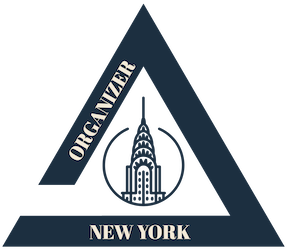
Record-breaking heat, historic flooding, a plethora of hurricanes – Summer 2023 has been nothing short of extreme. In 2023 alone, 23 weather or climate disasters with losses of over $1 billion each have hit the United States. If you noticed that natural disasters are more frequently causing severe damage, the National Oceanic and Atmospheric Administration (NOAA) agrees- the average number of such events per year has more than doubled over the last five years, compared to the 1980-2022 average.
On September 28, the White House released a new National Climate Resilience Framework and held the first of its kind White House Summit on Building Climate Resilient Communities to gather state, local, Tribal, and Territorial leaders to discuss the best strategies for improving America’s climate resilience. With more than $50 billion secured for climate resilience through President Biden’s Investing in America Agenda, households and communities across the country now have access to tools and resources to adapt to today’s climate impacts and prepare for future climate risks.
If you are already thinking about improving your home’s energy efficiency or investing in community or rooftop solar, you are playing an important part in improving the resilience of your community. Wondering what communities across America are doing collectively and on a larger scale to become more resilient in a changing climate and how DOE is helping communities become safer, more equitable, and economically stronger in the process? Here are a few examples:
Energy Efficiency
Access to a secure building at a safe temperature is vital to the welfare of communities during extreme weather events and climate disasters. In California, DOE is supporting new housing developments that are equipped with high-efficiency electric appliances, solar panels, and batteries, and built onto microgrids that can operate even if the grid experiences blackouts caused by climate-driven wildfires, heat waves, or storms. These developments are a collaboration between KB Home, solar energy company SunPower Corp., utility Southern California Edison, automaker Kia Corp., University of California Irvine, Schneider Electric, and the DOE.
Cities like Dallas are focusing on weatherization to limit the strain extreme temperatures place on the electric grid. Through the Whole Home Dallas website, the city is working to connect residents with resources that support home repairs and upgrades, including DOE income-based assistance and tax credits. By taking simple actions such as installing weather stripping, insulation, caulking, and repairing and replacing doors and windows, Dallas residents are making their homes more energy efficient and resilient to extreme weather.
If you are thinking about how your home can be more resilient, here’s where to start. The DOE State and Community Energy Programs (SCEP) website has resources to help you identify your state weatherization administrator, review frequently asked questions about Home Energy Rebates, and check out ongoing energy efficiency and renewable energy activities by state.
Official news published at https://www.energy.gov/policy/articles/how-energy-efficiency-and-clean-energy-investments-are-building-climate-resilient

